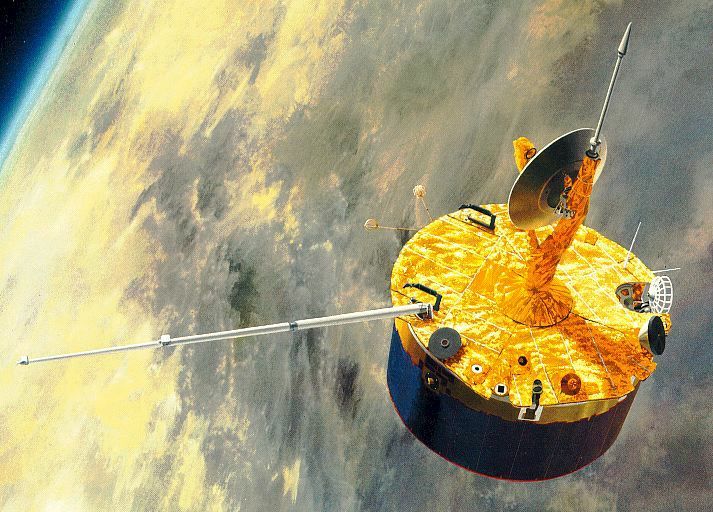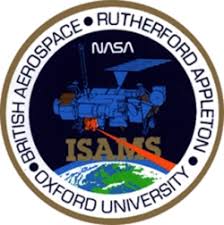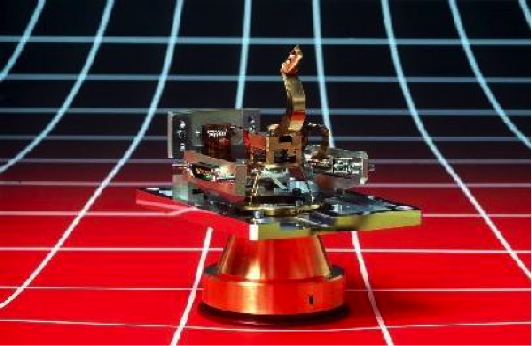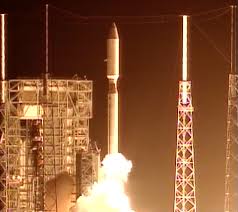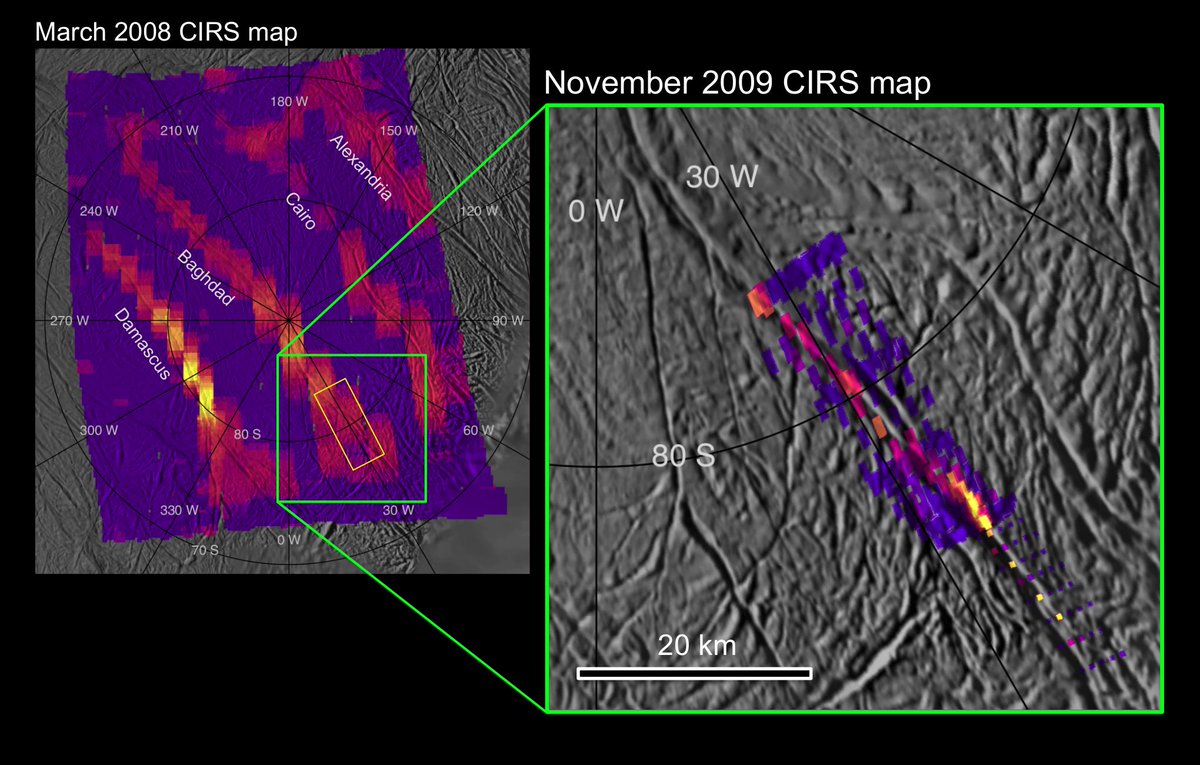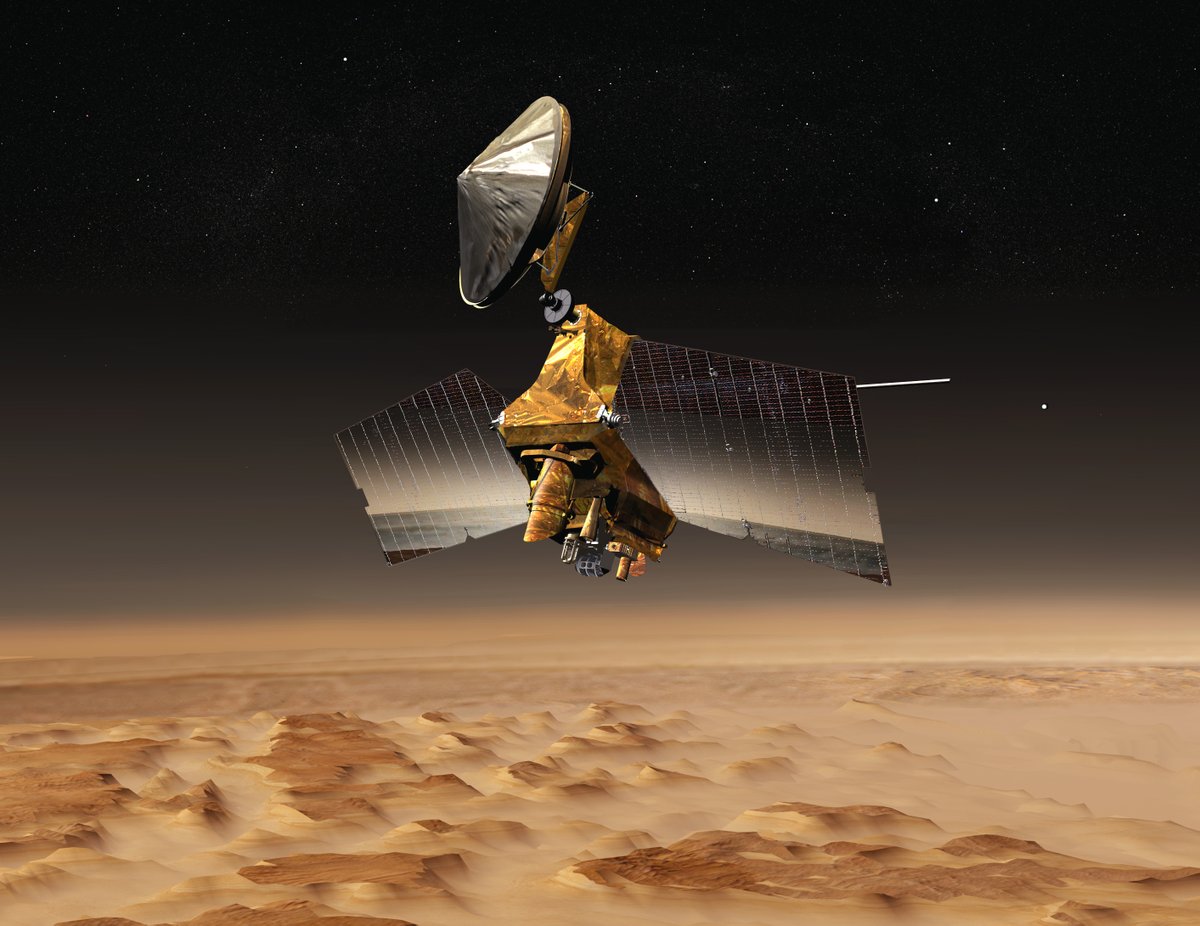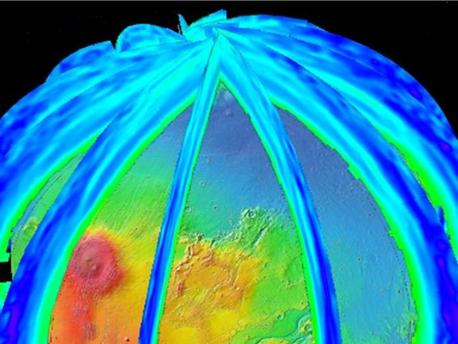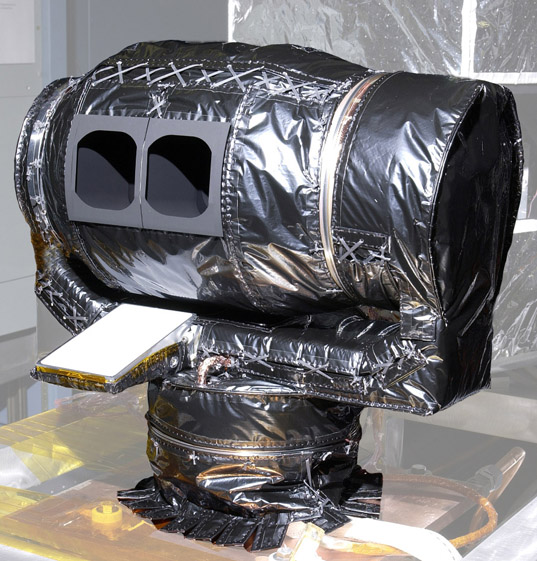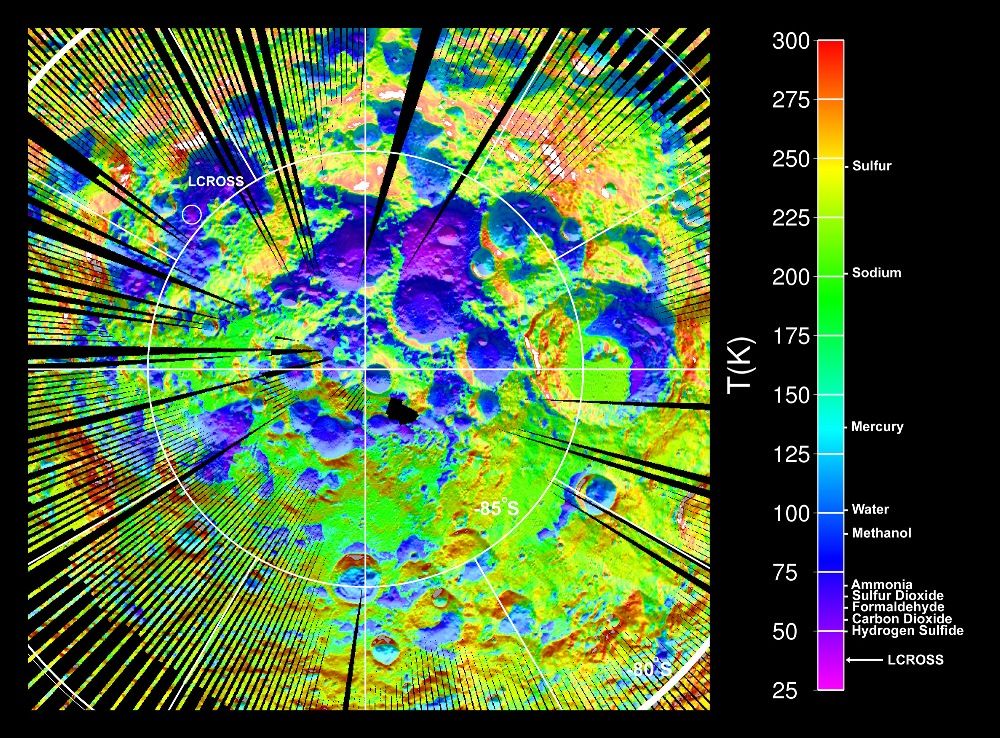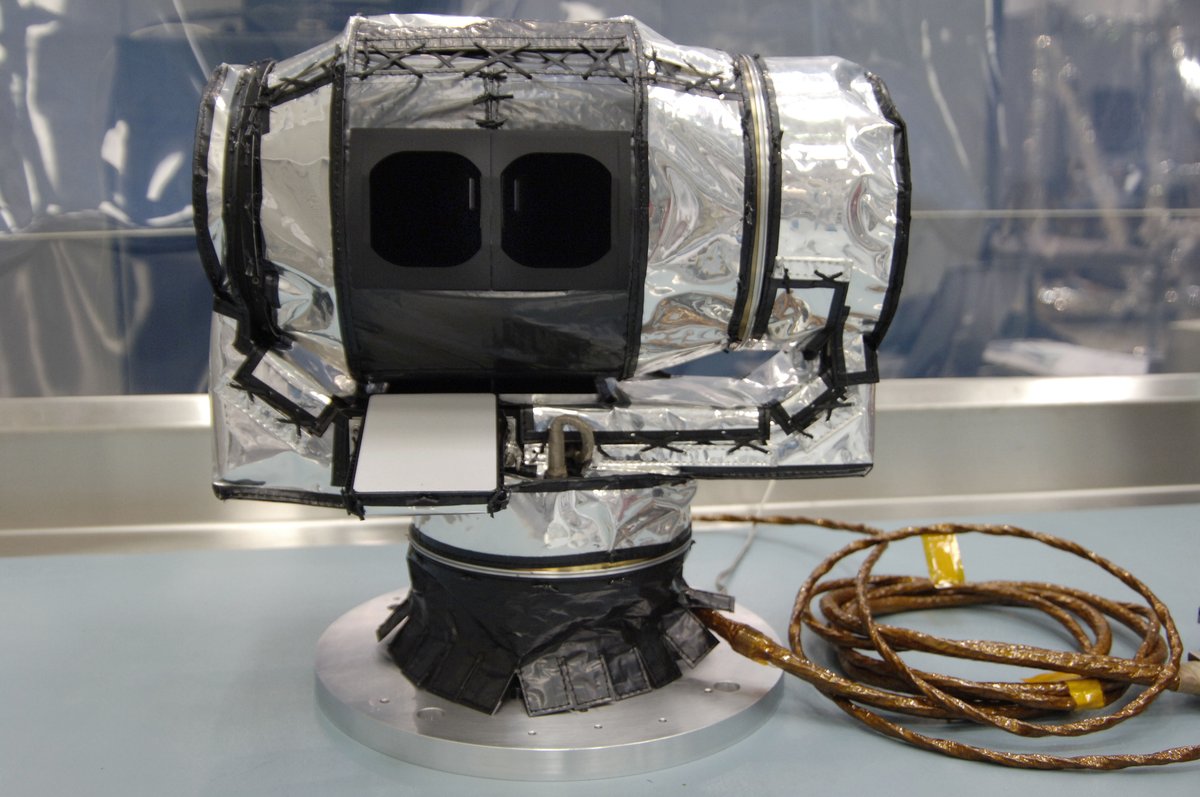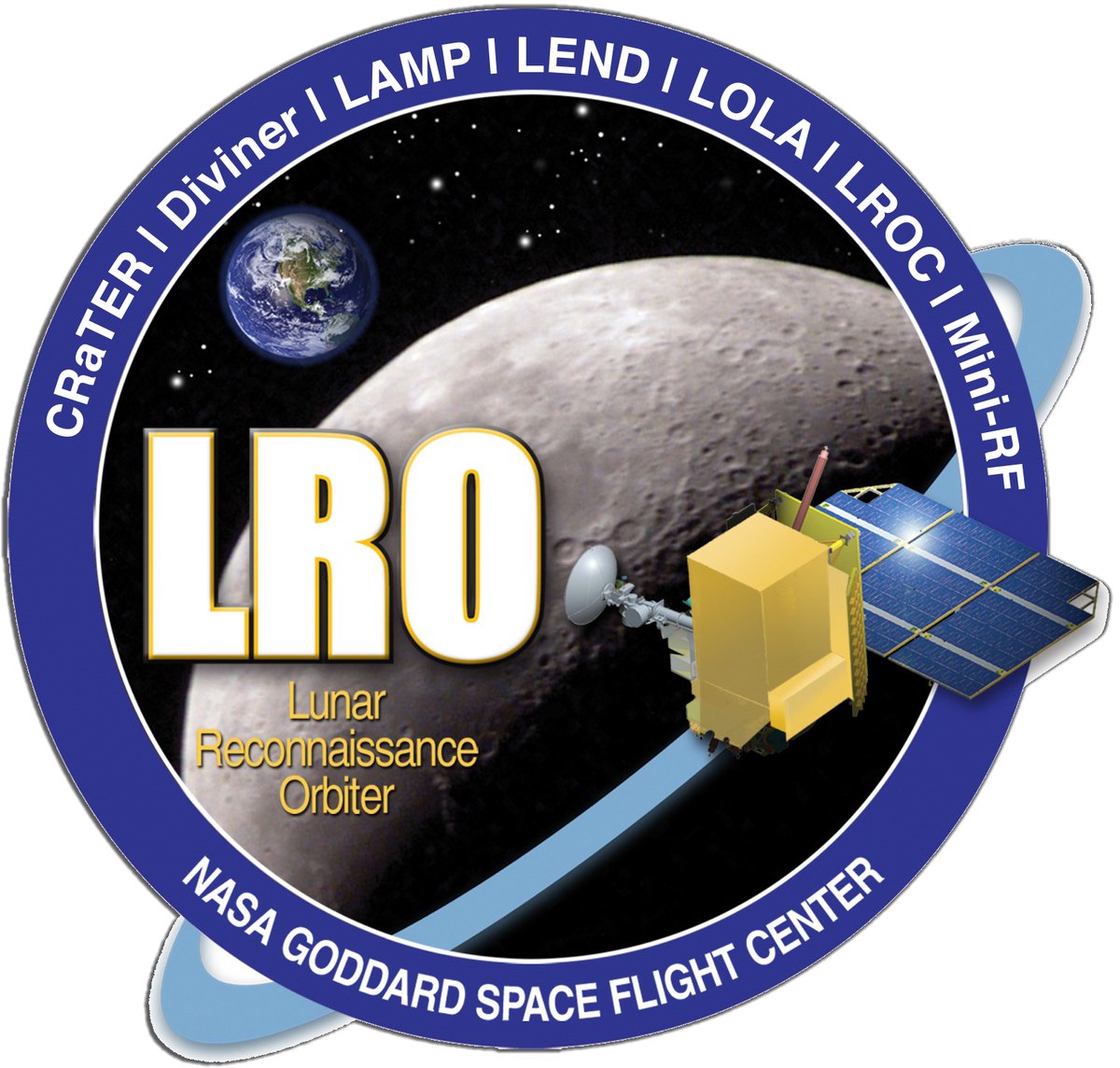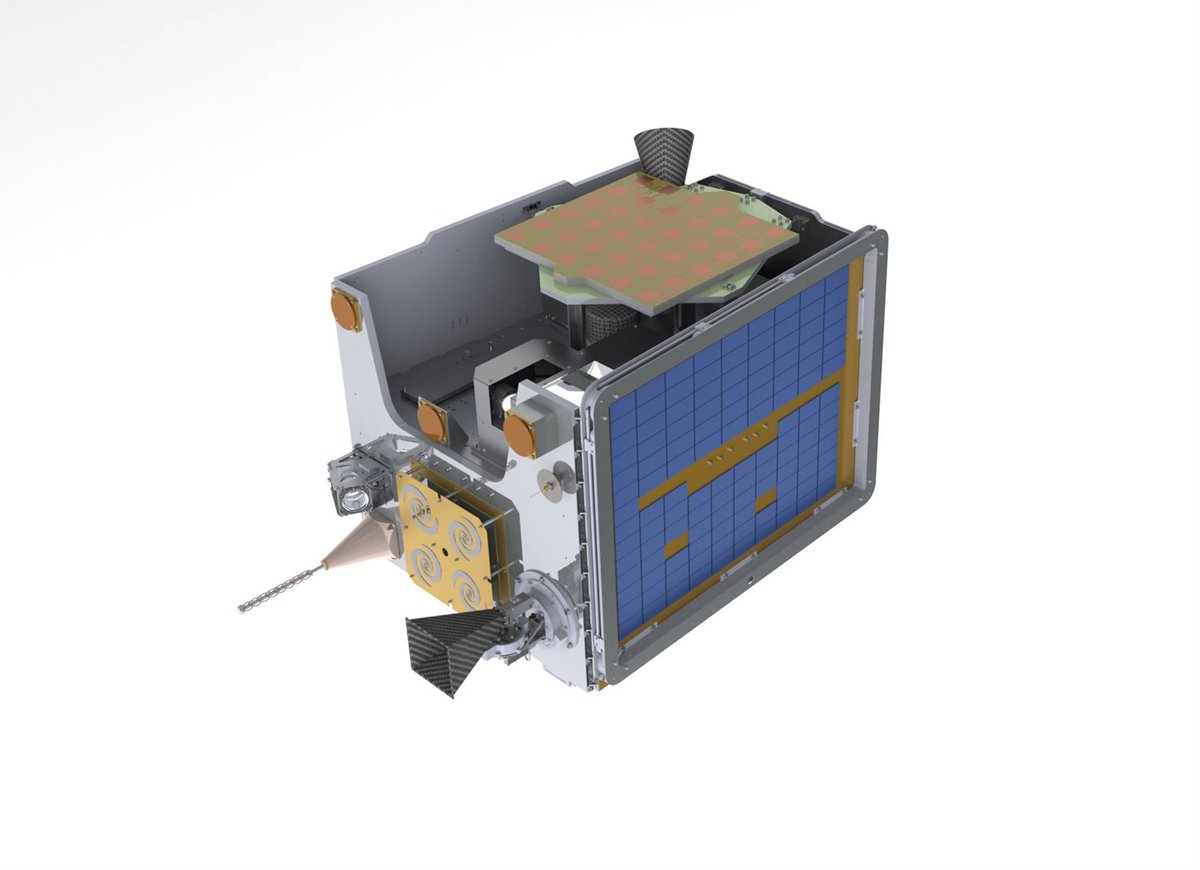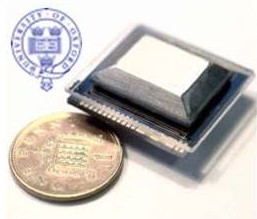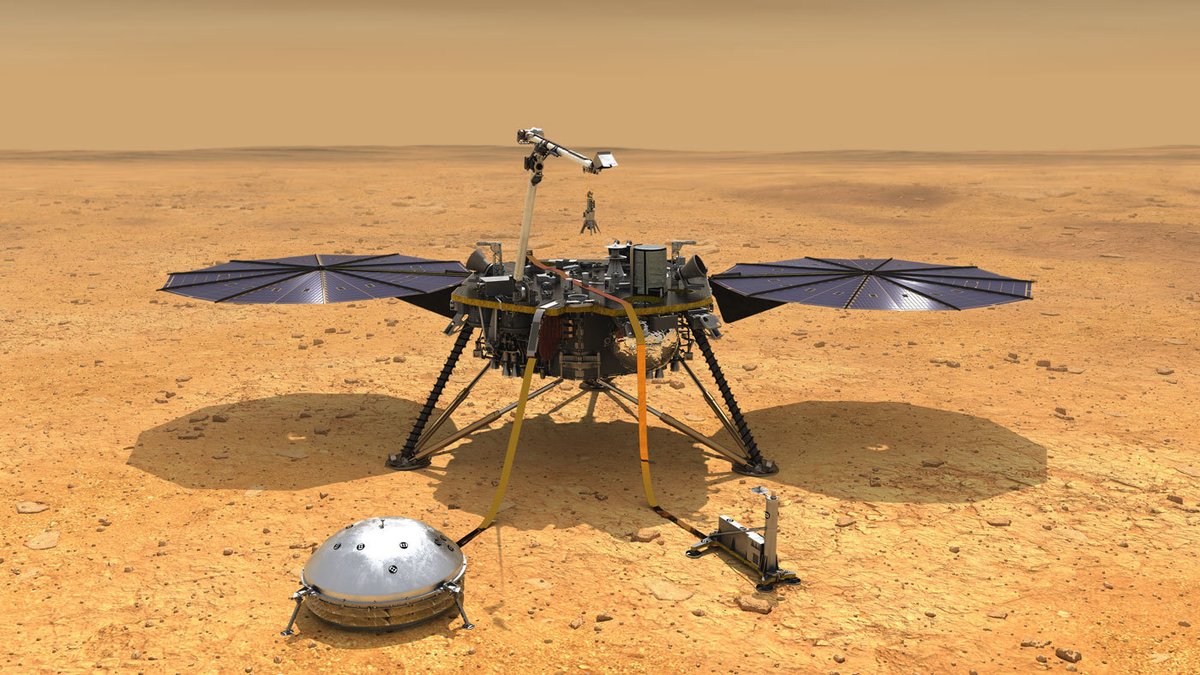Today we are celebrating 50 years of launching scientific instruments into space! On this day 50 years ago, @OxfordAOPP& #39;s first space instrument, an infrared radiometer measuring atmospheric temperatures, was launched into space on NASA& #39;s Nimbus 4 orbiter.
 https://abs.twimg.com/emoji/v2/... draggable="false" alt="🚀" title="Rocket" aria-label="Emoji: Rocket">
https://abs.twimg.com/emoji/v2/... draggable="false" alt="🚀" title="Rocket" aria-label="Emoji: Rocket"> https://abs.twimg.com/emoji/v2/... draggable="false" alt="🛰" title="Satellite" aria-label="Emoji: Satellite">
https://abs.twimg.com/emoji/v2/... draggable="false" alt="🛰" title="Satellite" aria-label="Emoji: Satellite">
1/
1/
This first space instrument, the Selective Chopper Radiometer, measured atmospheric temperatures from 0 - 25 km altitude. You can read its first results here in a 1970 Nature paper: https://doi.org/10.1038/228139a0">https://doi.org/10.1038/2...
 https://abs.twimg.com/emoji/v2/... draggable="false" alt="🚀" title="Rocket" aria-label="Emoji: Rocket">
https://abs.twimg.com/emoji/v2/... draggable="false" alt="🚀" title="Rocket" aria-label="Emoji: Rocket"> https://abs.twimg.com/emoji/v2/... draggable="false" alt="🛰" title="Satellite" aria-label="Emoji: Satellite">
https://abs.twimg.com/emoji/v2/... draggable="false" alt="🛰" title="Satellite" aria-label="Emoji: Satellite"> https://abs.twimg.com/emoji/v2/... draggable="false" alt="🌏" title="Earth globe asia-australia" aria-label="Emoji: Earth globe asia-australia">
https://abs.twimg.com/emoji/v2/... draggable="false" alt="🌏" title="Earth globe asia-australia" aria-label="Emoji: Earth globe asia-australia"> https://abs.twimg.com/emoji/v2/... draggable="false" alt="🌍" title="Earth globe europe-africa" aria-label="Emoji: Earth globe europe-africa">
https://abs.twimg.com/emoji/v2/... draggable="false" alt="🌍" title="Earth globe europe-africa" aria-label="Emoji: Earth globe europe-africa"> https://abs.twimg.com/emoji/v2/... draggable="false" alt="🌎" title="Earth globe americas" aria-label="Emoji: Earth globe americas">
https://abs.twimg.com/emoji/v2/... draggable="false" alt="🌎" title="Earth globe americas" aria-label="Emoji: Earth globe americas">
2/
2/
In the last 50 years @OxfordAOPP have launched many scientific instruments into space, observing Earth and other planets. Many of these have been infrared radiometers and spectrometers, but we& #39;ve also sent weather stations and seismometers to Mars.
3/
3/
Some highlights include:
1970: Pioneer Venus Orbiter Infrared Radiometer - developed jointly with NASA/JPL
4/
1970: Pioneer Venus Orbiter Infrared Radiometer - developed jointly with NASA/JPL
4/
1991: The Improved Stratosphere and Mesosphere Sounder (ISAMS), launches on NASA& #39;s Upper Atmosphere Research Satellite.
1991: The Along-Track Scanning Radiometer (ATSR) was launched on ESA& #39;s ERS-1 satellite. Designed for accurate measurement of sea surface temperature by using two viewing directions, it led to a line of operational instruments https://atsrsensors.org/ ">https://atsrsensors.org/">...
http://eodg.atm.ox.ac.uk/eodg/instrumen …">https://eodg.atm.ox.ac.uk/eodg/inst...
6/
http://eodg.atm.ox.ac.uk/eodg/instrumen …">https://eodg.atm.ox.ac.uk/eodg/inst...
6/
1997: The NASA/ESA Cassini/Huygens mission launches from Cape Canveral. The Cassini Infrared Spectrometer (CIRS) includes focal plane assembly and cooler from Oxford. It would observe the Saturnian system until 2017...
7/
7/
2005: NASA& #39;s Mars Reconnaissance Orbiter (MRO) carries the Mars Climate Sounder (MCS) infrared radiometer, which maps atmospheric temperatures, dust and water. It& #39;s now been observing Mars for well over a decade...
8/
8/
2009: Lunar Reconnaissance Orbiter (LRO) carries a familiar-looking Diviner radiometer, looking for the thermal inertia signatures of water ice in the moons& #39; polar regions.
9/
9/
2014: not forgetting the Earth: Oxford& #39;s innovative Compact Modular Sounder launches onboard the British TechDemoSat-1 satellite, paving the way to a new wave of cubesat-sized instrumentation.
10/
10/
... read more about that here: https://www2.physics.ox.ac.uk/blog/astro-blog/2014/06/13/a-small-satellite-with-big-plans-techdemosat-1">https://www2.physics.ox.ac.uk/blog/astr...
11/
11/
2018: Launch of Mars InSight, carrying micromachined seismometers to Mars developed by @imperialcollege with @OxfordAOPP, @RAL_Space_STFC and @BristolUni. These have detected hundreds of quakes. http://www.ox.ac.uk/news/2020-02-25-400-marsquakes-detected-uk-sensors-one-year">https://www.ox.ac.uk/news/2020...
... so, concluding this thread, we look forward to the next 50 years in space and all the scientific insights that they will bring!
 https://abs.twimg.com/emoji/v2/... draggable="false" alt="🚀" title="Rocket" aria-label="Emoji: Rocket">
https://abs.twimg.com/emoji/v2/... draggable="false" alt="🚀" title="Rocket" aria-label="Emoji: Rocket"> https://abs.twimg.com/emoji/v2/... draggable="false" alt="🛰" title="Satellite" aria-label="Emoji: Satellite">
https://abs.twimg.com/emoji/v2/... draggable="false" alt="🛰" title="Satellite" aria-label="Emoji: Satellite"> https://abs.twimg.com/emoji/v2/... draggable="false" alt="🛸" title="Flying saucer" aria-label="Emoji: Flying saucer">
https://abs.twimg.com/emoji/v2/... draggable="false" alt="🛸" title="Flying saucer" aria-label="Emoji: Flying saucer"> https://abs.twimg.com/emoji/v2/... draggable="false" alt="🌍" title="Earth globe europe-africa" aria-label="Emoji: Earth globe europe-africa">
https://abs.twimg.com/emoji/v2/... draggable="false" alt="🌍" title="Earth globe europe-africa" aria-label="Emoji: Earth globe europe-africa"> https://abs.twimg.com/emoji/v2/... draggable="false" alt="🪐" title="Ringed planet" aria-label="Emoji: Ringed planet">
https://abs.twimg.com/emoji/v2/... draggable="false" alt="🪐" title="Ringed planet" aria-label="Emoji: Ringed planet"> https://abs.twimg.com/emoji/v2/... draggable="false" alt="🌌" title="Milky Way" aria-label="Emoji: Milky Way">
https://abs.twimg.com/emoji/v2/... draggable="false" alt="🌌" title="Milky Way" aria-label="Emoji: Milky Way">
/ends
/ends

 Read on Twitter
Read on Twitter